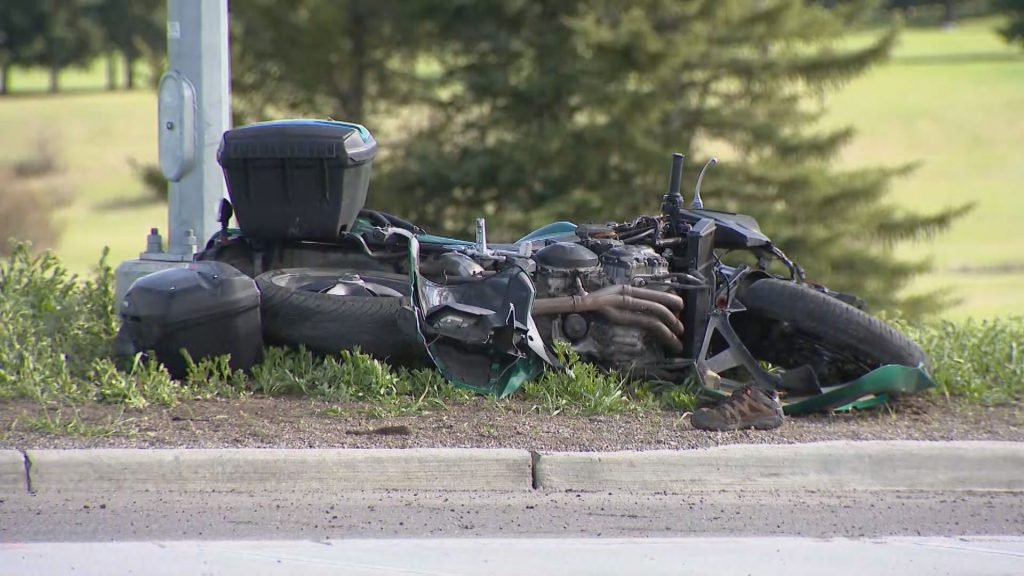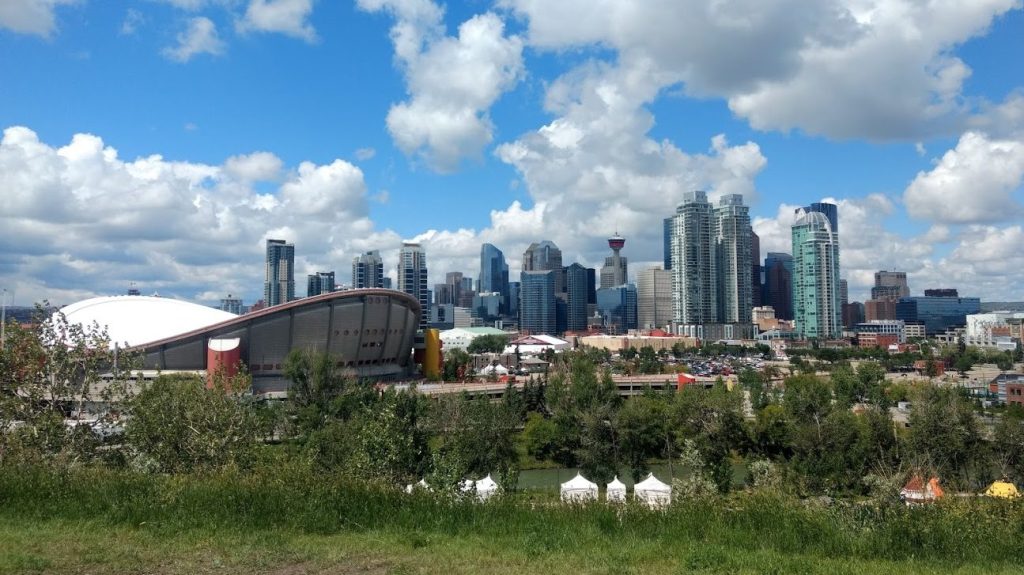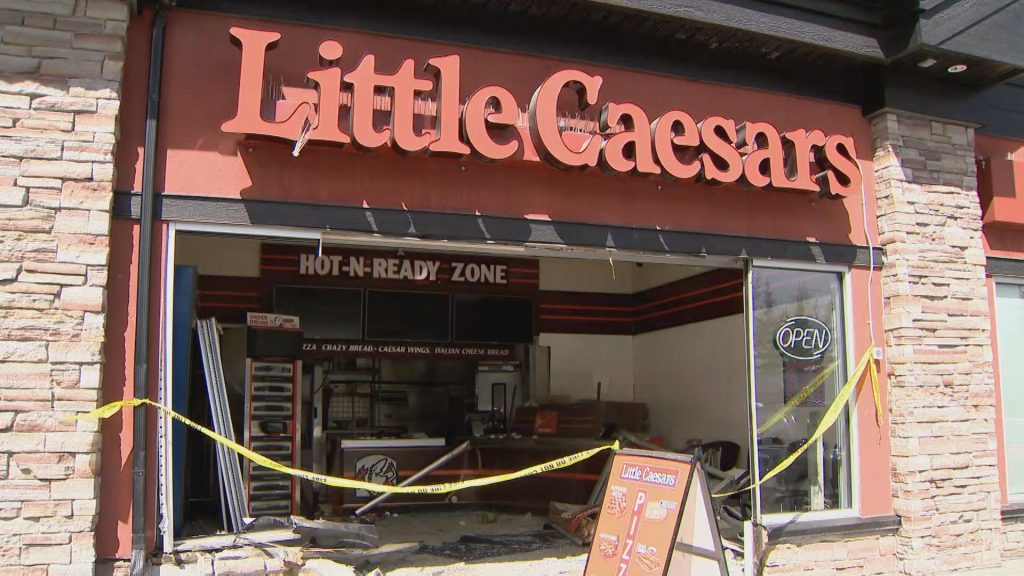The battle that changed everything: Newfoundland remembers Beaumont-Hamel
Posted Jun 29, 2016 6:51 am.
Last Updated Jun 29, 2016 7:40 am.
This article is more than 5 years old.
ST. JOHN’S, N.L. – Wearing an itchy wool uniform and engulfed in a hail of simulated German machine gun fire, Bryan Manning got a terrifying glimpse of the First World War battle that forever changed Newfoundland.
“It made me shudder to my bones, really, because of the chaos, the absolute madness,” he said in an interview. “Dirt, debris flying everywhere. Just the constant ‘boom, boom, boom, boom’ of explosions.
“There were times I just wanted to kind of stay hunkered down. I realize why guys didn’t go over the top.”
Manning is one of 21 descendants — 18 men and three women — of actual Newfoundland Regiment soldiers who trained in trench warfare to re-enact the slaughter at Beaumont-Hamel on July 1, 1916.
It was the catastrophic start to the Somme campaign in France. And what happened during those 30 minutes of hell on Earth is told in the documentary “Newfoundland at Armageddon,” airing Thursday on CBC Television.
Filmed at a military training site in rural Newfoundland, it’s among a roster of commemorations in the province to mark 100 years since the Somme offensive began.
Princess Anne, the only daughter of Queen Elizabeth and the Duke of Edinburgh, is colonel-in-chief of what is now known as the Royal Newfoundland Regiment. She will be in St. John’s on Friday to open a permanent exhibit at The Rooms museum, archives and art gallery.
King George V added the extraordinary prefix Royal to the regiment’s title in 1917 in part for its valour at Ypres and Cambrai.
The new Royal Newfoundland Regiment Gallery at the Rooms, open to the public starting Saturday, will showcase artifacts, personal stories and family keepsakes collected around the province. It will include a database allowing visitors to look up details on those who enlisted.
Beaumont-Hamel scars the province to this day, as it did the few Newfoundlanders who survived it. About 800 men armed with just rifles and bayonets were ordered out of watery, stinking trenches on that doomed morning. Only 68 answered roll call the next day.
Every Canada Day in the province starts with sombre ceremonies of remembrance before the mood shifts to one of holiday celebrations in the afternoon.
“He was never the same,” Manning said of his great uncle, Andrew Yetman, the actual Beaumont-Hamel survivor he portrays in “Newfoundland at Armageddon.”
“The uncles that I talked to that knew him said he was kind of a shell of a man.”
Yetman was diagnosed with shell shock days after the battle and eventually returned to St. John’s, a town reeling from losses that affected families across the island population of just 240,000.
“It left a real mark on Newfoundland,” said Dean Brinton, CEO of the Rooms. “Effectively, a whole generation of young people were killed or wounded.
“Over the years, it has really become in the minds of people here the formative event in our cultural identity.”
Barbara Doran, who co-produced “Newfoundland at Armageddon” with Arnie Gelbart and Natalie Dubois, said she wanted to share a story that isn’t well known across Canada. Newfoundland writer Michael Crummey, author of “Sweetland,” wove the narrative together.
“We’re obviously very proud of these men and women who volunteered,” Doran said in an interview. “It makes us part of who we are. It’s a loss that we bear deep inside of us.”
She especially wants young people to know about the carnage at Beaumont-Hamel and to ask, what if?
What if those young men had been given the chance to become leaders? What if Newfoundland, a former British dominion, hadn’t racked up such a crippling war debt? Would it have given up self governance in 1934 and later voted to join Canada in 1949?
There’s another question that must be asked, Doran said. “Is there any way other than killing each other that we can solve conflict?”
Manning said there are no pictures of his great uncle, just scant details of a shattered life that he has gleaned from relatives.
“I hope it will bring home the sacrifice that the soldiers gave us by fighting and dying,” he said of the film. “That nature is in us to kill and to just be barbaric when it’s necessary. I think he saw a little bit too much of that. He saw what humans are capable of and he could never go back.
“It was a loss of innocence.”
Follow @suebailey on Twitter.










